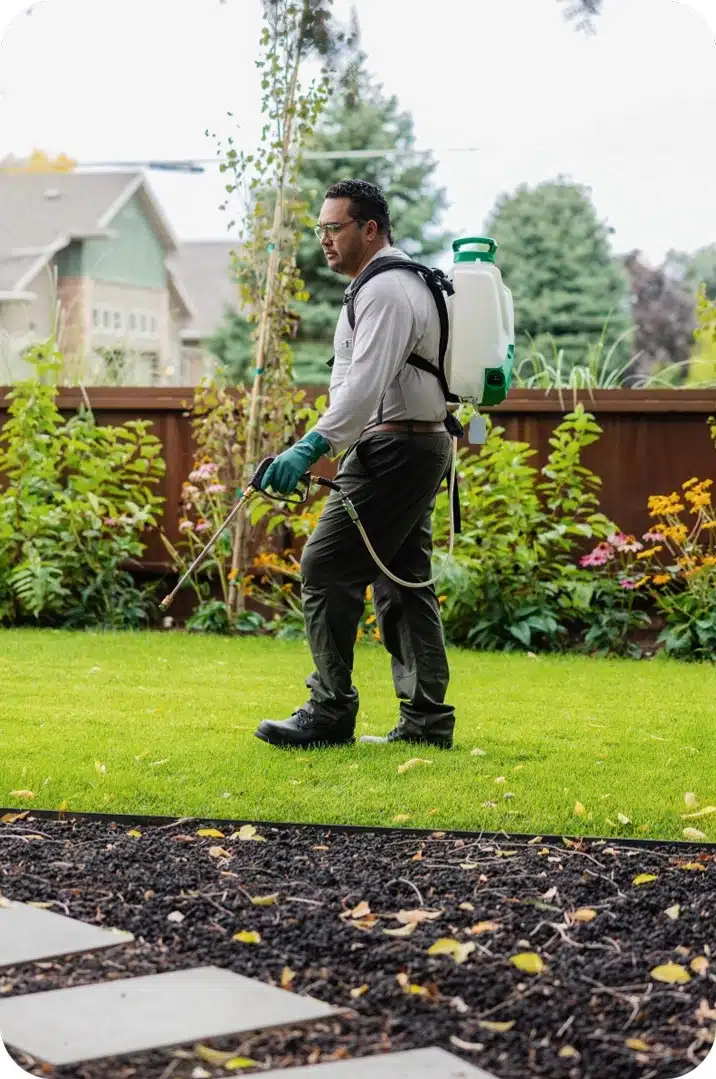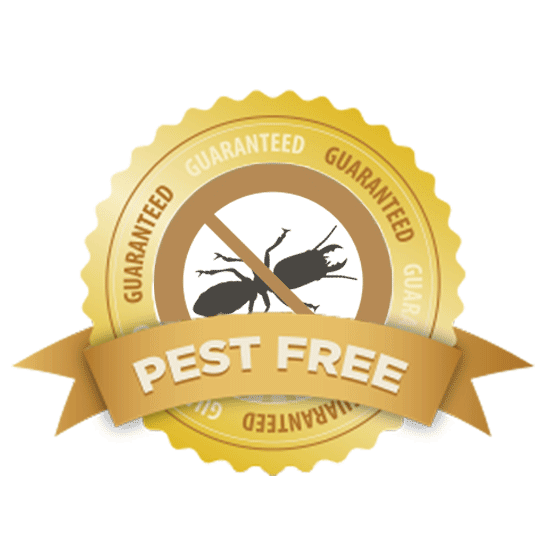Bed Bug Therapy Breakdown: Contrasting Chemical Vs. Non-Chemical Solutions
In the world of pest control, particularly when dealing with the persistent concern of bed bugs, the option in between chemical and non-chemical therapy solutions can be an essential one. Both approaches offer unique benefits and downsides, affecting aspects such as performance, security considerations, and general cost. By analyzing the nuanced information of each method, a more clear understanding of which course to seek in addressing a bed pest invasion can be attained.
Effectiveness of Chemical Therapies
Chemical therapies for bed pest invasions have actually been extensively acknowledged for their quick and powerful effectiveness in getting rid of these insects. When thinking about the performance of chemical therapies, it is crucial to recognize that they can give a thorough and fast option to a bed bug problem.
Additionally, chemical treatments have the advantage of supplying recurring effects, indicating that they can proceed to get rid of bed bugs even after the initial application. This residual activity is particularly helpful in combating any potential re-infestations. Additionally, the rapid action of chemical therapies can bring alleviation to individuals facing extreme bed insect problems, enabling them to reclaim control of their space promptly.
Safety And Security Interest In Chemical Solutions
One essential facet that calls for cautious consideration when making use of chemical options for bed insect therapy is making sure the safety of owners and the atmosphere. Direct exposure to specific chemicals used in bed pest therapies can lead to breathing concerns, skin irritation, or various other negative reactions, especially in individuals with pre-existing problems or sensitivities.
Furthermore, the environmental influence of chemical solutions is an additional significant factor to consider. Some chemicals used in bed pest treatments might be hazardous to beneficial bugs, wildlife, and ecological communities if they leach right into the soil or water supply. It is vital to make use of chemical treatments judiciously, complying with safety and security guidelines, and taking into consideration much less harmful options to mitigate these dangers and guarantee the secure and effective management of bed insect invasions.
Benefits of Non-Chemical Methods
Taking into consideration the prospective security issues and environmental influence connected with chemical services for bed pest therapy, checking out non-chemical techniques presents an encouraging option with a number of unique benefits. Non-chemical treatments are eco pleasant, as they do not add to air or water pollution, making them a lasting choice for parasite control.
In addition, non-chemical services can be effective in targeting bed pests, consisting of hard-to-reach areas where chemical therapies may not pass through. Techniques such as heat therapy, vacuuming, steam cleaning, and cushion coverings supply complete removal without using harmful chemicals. Additionally, non-chemical methods can be much less disruptive, requiring very little prep work and enabling quicker reentry right into treated termite repair locations. Generally, selecting non-chemical bed bug therapy methods not just prioritizes safety and security and environmental management but additionally guarantees comprehensive and effective pest control.
Limitations of Non-Chemical Treatments

In addition, non-chemical treatments usually require numerous applications to accomplish effective elimination. This can be lengthy and may not always ensure total removal of all bed insects and their eggs, particularly in hard-to-reach or concealed locations.
Additionally, the success pest control london of non-chemical therapies heavily counts on proper application and thoroughness, which can be testing for individuals without professional expertise. Inadequate application of non-chemical techniques may result in insufficient elimination, bring about persistent infestations and the requirement for added therapies.
For that reason, while non-chemical treatments have their advantages, it is necessary to recognize these limitations and consider them when establishing one of the most efficient method for handling bed bug infestations.
Expense Contrast: Chemical Vs. Non-Chemical Options
Given the constraints connected with non-chemical treatments, a crucial element to examine in the context of bed bug administration is the price contrast in between chemical and non-chemical choices. Chemical therapies generally entail the application of pesticides by experts, which can vary from $250 to $900 per area, depending upon the severity of the problem and the size of the location to be treated. On the other hand, non-chemical therapies like heat treatment or heavy steam can be extra costly, with expenses varying from $1,000 to $6,000 for a whole home. While the preliminary expense of chemical therapies may seem reduced, several treatments might be needed to completely eradicate the infestation, possibly raising the general cost. On the various other hand, non-chemical alternatives might go to this site supply a much more lasting and eco-friendly service, although they can be cost-prohibitive for some people. Eventually, when thinking about the expense of bed bug therapy alternatives, it is essential to consider the in advance costs against the performance and long-term sustainability of the selected technique.
Conclusion

Taking into consideration the possible safety problems and ecological impact linked with chemical services for bed insect treatment, checking out non-chemical strategies offers an encouraging option with several distinctive benefits.Provided the constraints associated with non-chemical treatments, a necessary facet to review in the context of bed insect monitoring is the price contrast between chemical and non-chemical choices. In contrast, non-chemical therapies like warm therapy or heavy steam can be a lot more pricey, with expenses ranging from $1,000 to $6,000 for a whole home. While the first cost of chemical treatments may appear lower, multiple therapies may be required to fully get rid of the invasion, possibly increasing the overall price.In conclusion, when contrasting chemical and non-chemical bed insect therapy choices, it is important to take into consideration performance, security, benefits, constraints, and price.